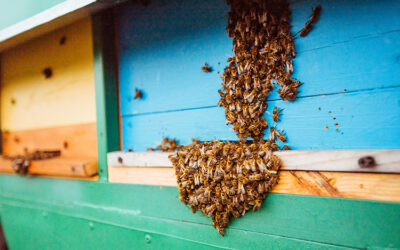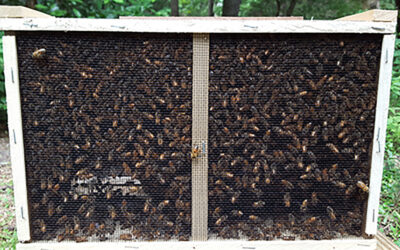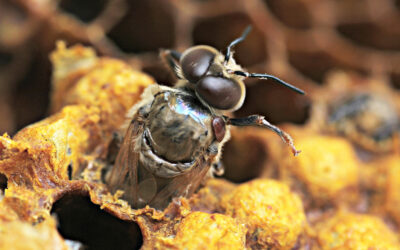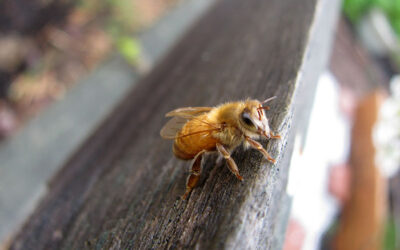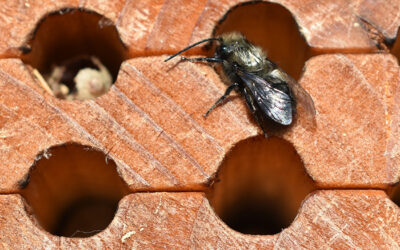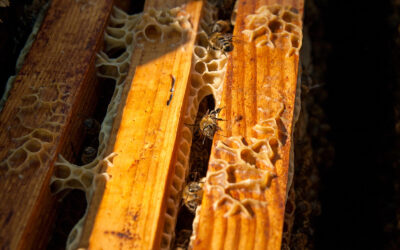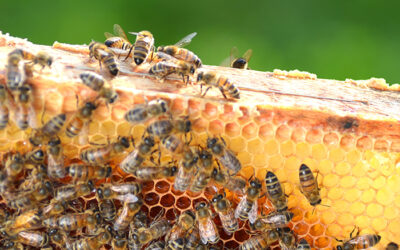The pickup times below are suggestions aimed at reducing waiting time when you arrive – you may certainly come when it is most convenient for you during our store hours. Picking up your bees at the suggested time is preferred, but we realize this may not be ideal!...
Your Bees in May
. May is here, and our goal is to help the bees reach maximum colony strength at blackberry blossom in June. The bee brood developing right now is going to bring in the food that provisions the colony through fall and winter, and your personal honey harvest as well....
Shonnard’s Sweet Honeybee Photo Contest
Are you a nature lover, a gardener, a beekeeper, or a photographer? Everyone is welcome to participate in the Shonnard’s Sweet Honeybee Photo Contest! We are looking for bee and beekeeping related photos, including but not limited to: Honeybees in the hive Honeybees...
Package Bees Pick-up Day – Saturday April 20th
PACKAGE BEE PICK UP DAY SATURDAY April 20th There will not be extra packages to purchase on pick-up day; you must have placed a pre-order in order to get bees. The pick-up times below are suggestions aimed at reducing waiting time when you arrive - you may certainly...
Bees in April
Congratulations, you’ve overwintered your colony! If your hives made it through to April with 5+ solid frames of bees and an active queen then you’ve successfully overwintered! Supplemental Feeding Now that your bees have broken their winter cluster and have...
Bees in March
March is the most common month for colonies to starve. Take the opportunity of a sunny day and warmer day temperatures, if you haven't already, to peek inside your hive and see how your bees are doing. By this time, the queen has been steadily increasing her...
Native Mason Bees for Early Crops – Part II
In part one, we covered what a mason bee is and why they are important. Now let’s dive into what mason bees need (all within an area of only 100 to 200 feet) and how to encourage and manage your own populations. Reproduction Mason bees are cavity-nesting solitary...
Mason Bees for Early Crops – Part I
It may seem like a difficult task to create an environment for bees to thrive, but give yourself the time to learn something new today and discover what all you can do to aid in the revival of this very important pollinator – the mason bee. Who are the Mason Bees? A...
Bees in February
Hello beekeeper! Longer day length triggers honey bee queens to increase egg production. Your honey bee colonies have likely been slowly building brood population since Winter Solstice. Ideally, they will reach peak population when blackberries are blooming later in...
Pre-Order 2024 Live Bees
Time to place your pre-orders for live bees! We are a distributer of live bees for Fred Selby, a 2nd generation beekeeper from Chico, California. Previously the head of the Shonnard’s Nursery Beekeeping Department, Fred now professionally operates his apiary near...
What is a Fresh Nucleus Hive?
We are proud to offer nucleus hives created by Fred Selby, a 2nd generation beekeeper. After being head of the Shonnard’s Nursery beekeeping department, Fred now professionally operates his apiary near Brownsville, Oregon. What is a Fresh Nucleus Hive? A fresh nucleus...
Italian or Carniolan?
Having trouble deciding whether you want to order Italian or Carniolan bees? Here is a quick run down of the differences: Italian (Apis mellifera liguistica) These bees were brought to the US in the mid-1800s courtesy of Reverend Langstroth, the same person who...


